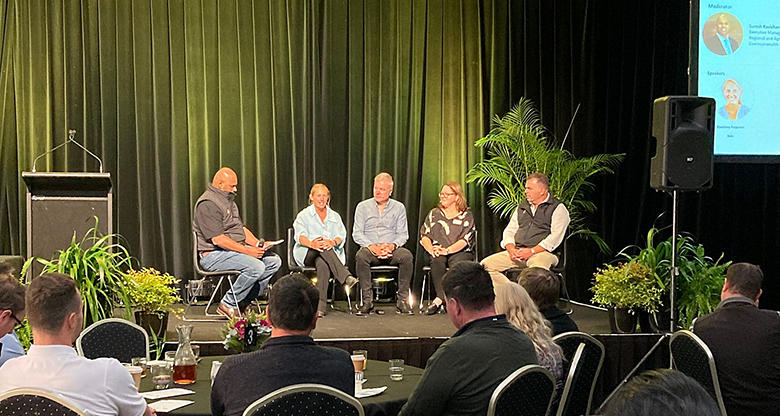Succession planning can be a complex issue to tackle for many farming families, with much at stake. It involves implementing a plan to manage and divide both farming, and non-farming assets ensuring fairness for family members pursuing avenues off farm.
CommBank has been supporting regional and agribusinesses for over 100 years. Our longstanding relationships with farmers span generations and encompass diverse sectors. This gives us a deep understanding of agribusinesses and the challenges that go into farming, including succession planning.
CommBank Agribusiness Executive based in Warragul, Jacob De Klerk, says that when the time comes to talk about succession planning for the farm, it’s imperative you have a clear understanding of the business’s financial strength.
“One of the first things for us as a bank in this process, is to understand if the farm is financially strong enough to back these decisions that can benefit the entire family. Are they in a position to invest off farm or diversify income streams? It’s not so much about how they’re going to transfer wealth, but how are they going to manage the wealth so that it’s viable to sustain future generations.”
Collaboration and co-design from the start
CommBank customer Courtney Ferguson, a mixed beef, sheep and cropping farmer from Sale, Victoria, says in her family, they’ve always had an open conversation around farm succession.
“My parents never pushed me into being involved with the farm, but I was always interested in playing a key role. So I’ve had a seat at the table from a young age, which has really helped make the process a whole lot easier, and it’s been more of a planned transition rather than an immediate handover,” she says. “It also means that we’ve had to work together to get the farm to where it is today.
“The success of our transition comes down to collaboration and co-designing the business structure. We have it setup so that we have more than just the one income stream from the farm to rely on. We’ve diversified into other ventures, like a construction business, and recruitment agency, and we’re looking at diversified opportunities as well. We’re not just reliant on the success of the farm; and for my siblings who aren’t involved in the farm, or for my children or their children who don’t want to be a part of it, we have other ways for income to be generated and to hand down something of value to them,” Courtney says.


